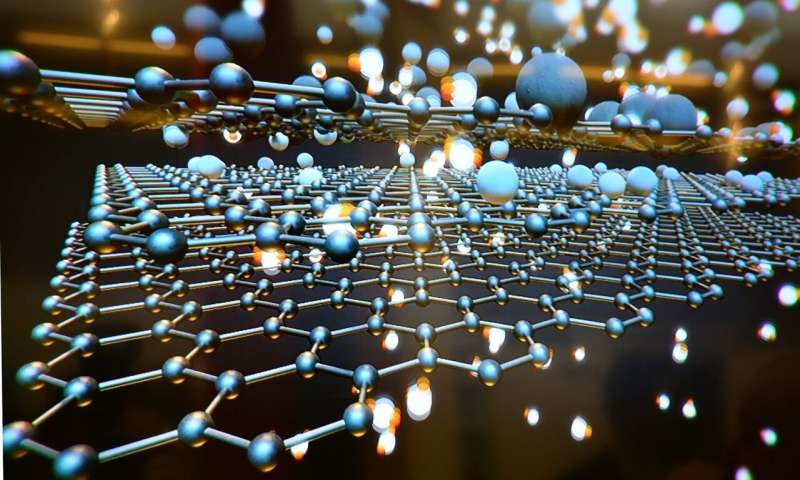
Researchers at Swinburne
University of Technology's Centre for Translational Atomaterials have developed
a highly efficient solar absorbing film that absorbs sunlight with minimal heat
loss and rapidly heats up to 83°C in an open environment.
The graphene metamaterial film has great potential for use in solar thermal energy harvesting and conversion, thermophotovoltaics (directly converting heat to electricity), solar seawater desalination, wastewater treatment, light emitters and photodetectors.
The researchers have developed a prototype to demonstrate the photo-thermal performance and thermal stability of the film. They have also proposed a scalable and low-cost manufacturing strategy to produce this graphene metamaterial film for practical applications.
"In our previous work, we demonstrated a 90 nm graphene metamaterial heat-absorbing film," says Professor Baohua Jia, founding Director of the Centre for Translational Atomaterials.
"In this new work, we reduced the film thickness to 30 nm and improved the performance by minimising heat loss. This work forms an exciting pillar in our atomaterial research."
Lead author Dr. Keng-Te Lin says: "Our cost-effective and scalable structured graphene metamaterial selective absorber is promising for energy harvesting and conversion applications. Using our film an impressive solar to vapour efficiency of 96.2 percent can be achieved, which is very competitive for clean water generation using renewable energy source."
Co-author Dr. Han Lin adds: "In addition to the long lifetime of the proposed graphene metamaterial, the solar-thermal performance is very stable under working conditions, making it attractive for industrial use. The 30 nm thickness significantly reduced the amount of the graphene materials, thus saving the costs, making it accessible for real-life applications."

 Previous page
Previous page Back to top
Back to top







